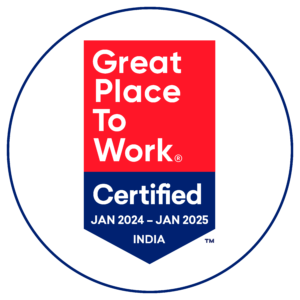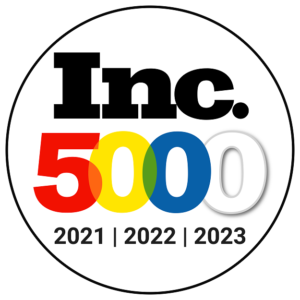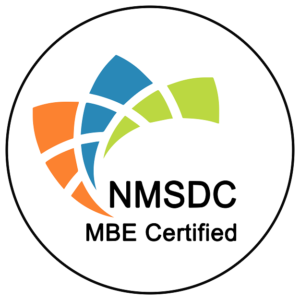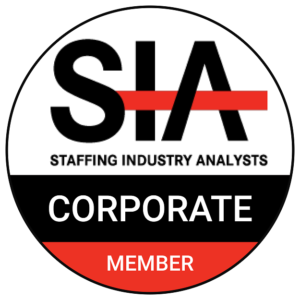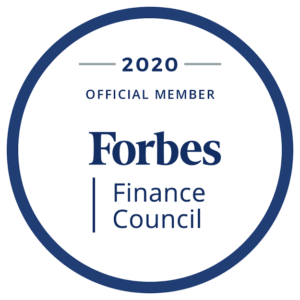A vendor management system (VMS) usually monitors the where, how, and why of the contingent labor spending of a company. Businesses determine the budget for any given position by defining one of the following kinds of hourly rates that they are willing to pay.
Similarly, staffing agencies offer their prices to applicants, which can be viewed on the VMS by companies. Bill prices for a staffing agency are a mix of direct costs and service fees. While direct costs tend to differ depending on the type of location or employee, service fees reimburse staffing companies for the time and effort needed to recruit and handle their contingent talent. As an employer, a large portion of these expenses is also correlated with their legal obligations, the same costs for which your company would be liable if the applicant was directly employed.
You need to know the aggregate effect of the pricing model of your staffing agencies to have a detailed understanding of your contingent labor spending. By doing so, without sacrificing on the efficiency of your contingent employees, you will monitor expenses.
Why aren’t traditional pricing models effective?
A common pricing practice favored for its simplicity is the use of bill rates as a norm in a contingent workforce program, but only if you consider shopping and comparing multiple staffing agencies’ services a simple operation. The downside of this pricing model is the absence of tactical cost breakdown information, creating a lack of clarity in real costs and wage rates for staff. Using this strategy, hiring agencies to have greater flexibility on the pay scale they offer applicants and their effective margin, although this may lead to rate disparities within a workforce as there is no norm based on experience or expertise for salaries in similar positions.
The use of typical cost-saving strategies, including volume or expenditure discounts, is another issue with conventional pricing models. Sometimes, the introduction of a volume discount decreases the morale of the supplier and discourages them from performing well due to the reduction in compensation.
How are traditional pricing structures transformed by recruiting marketplaces?
Gain greater insight into your rates of requisition:
Increased transparency in pricing is the key benefit of recruitment markets over conventional hiring models. You can only see the submitted prices of your suppliers for candidates within your company in a conventional VMS system, while you can see the rate of a supplier for all positions among all their customers in a marketplace.
Hiring marketplaces, therefore, means that you don’t lose out on market specifics and therefore understand whether or not the market costs are competitive. Since a marketplace compares and contrasts ecosystem prices, you can compare rates with similar kind roles, similar capacities, and precise geography, offering a richer perspective on whether rates are above or below average for the market or exactly on target. Your organization will attract quality applicants and avoid delays in recruiting by using marketplaces because your deals meet fair market rates.
Drive rates down by competition:
There are considerably more vendors in the industry with access to more talent pools, enabling more applications to be submitted at more affordable rates. Over time, the contest brings down prices.
You will have higher buying power because more vendors are competing to win your company and identify competitively priced candidates. In an ever-expanding business ecosystem, this contributes to economies of scale. The greater the cost-benefit for consumers, as the industry expands in terms of talent and suppliers.
In addition, the prices are not set at the client or program level in recruiting marketplaces but can be changed for each task, providing you with greater flexibility. Algorithms help determine the best suppliers for each task, allowing each specific requisition to be assisted by a diverse mix of suppliers. Consequently, prices can be changed in real-time as position specifics and consumer demand for candidates is calculated on the basis of other similar market positions.
Conclusion
Emonics LLC takes an approach to pricing in a cost-neutral marketplace. Specify the fees you are willing to pay for each good hire as you exploit our ever-expanding supplier crowd’s cost-competitive pricing. A vetted and diverse supplier base independent and foreign recruiters, boutique staffing firms, etc., and their talent pools are our recruitment marketplace to meet the work specifications with the best talent.



